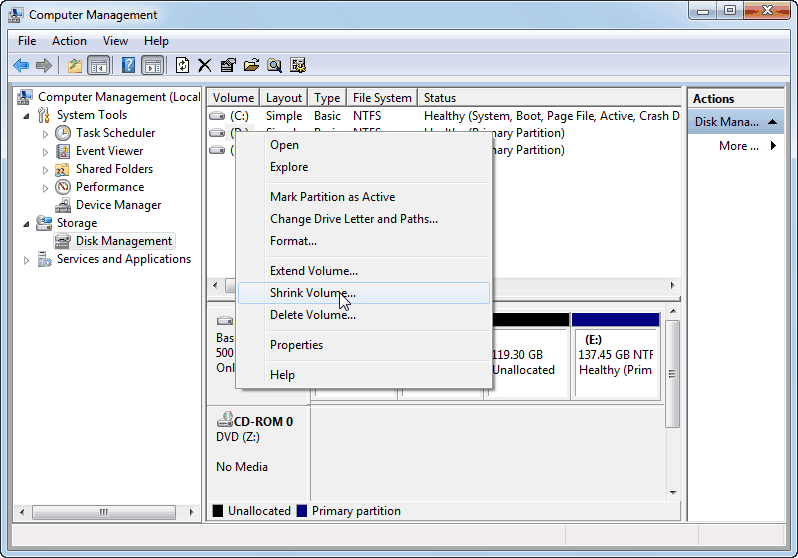

:max_bytes(150000):strip_icc()/DiskUtility-576d860a3df78cb62c5d6132.jpg)
To mount an unmounted disk or partition, click the Triangle icon.If the disk or partition is unmounted, you will see a Triangle icon at the bottom of the Volumes information.If the disk or partition is already mounted, you’ll see a Square icon at the bottom of the Volumes information.Select the disk you want to mount from the list of connected disks in the left-hand pane.Open the Disks utility on your Linux PC.To mount a disk in Linux using the GNOME Disks utility: These instructions should work for most Linux distributions with a GUI. You can also perform actions on the drive, such as mounting and un-mounting, creating partitions, and repairing the file system. This allows you to see all of the disks connected to your computer. If your disk hasn’t been mounted, you can use the GNOME Disks utility to mount or unmount it (if your distribution has it installed). How to Mount a Disk in Linux Using the Disks Utility If you have an unmounted disk that you need to use, then here’s how to mount a disk in Linux.

By following the steps below, you should have your disk mounted in Linux in no time. You can use your Linux distribution’s terminal app or use GUI tools to fix the problem. If this happens, the fix isn’t too difficult.


 0 kommentar(er)
0 kommentar(er)
